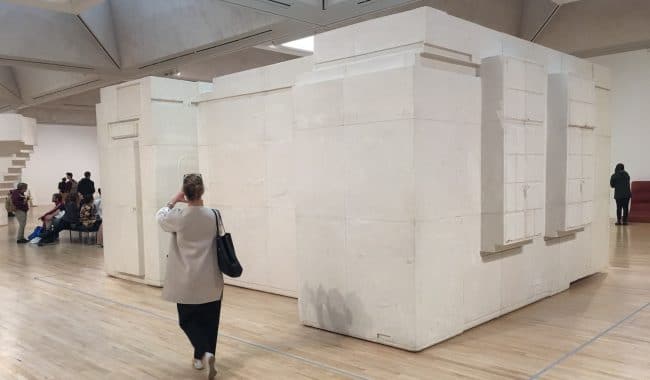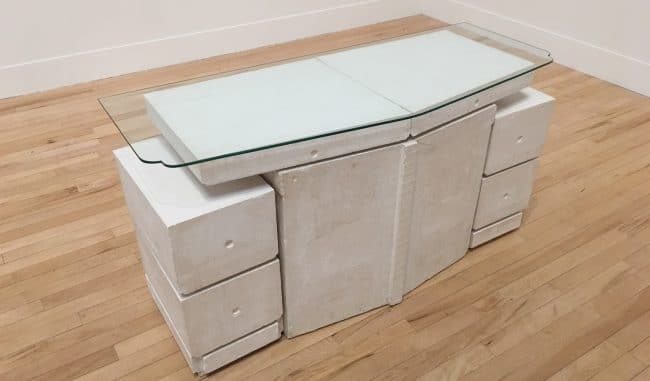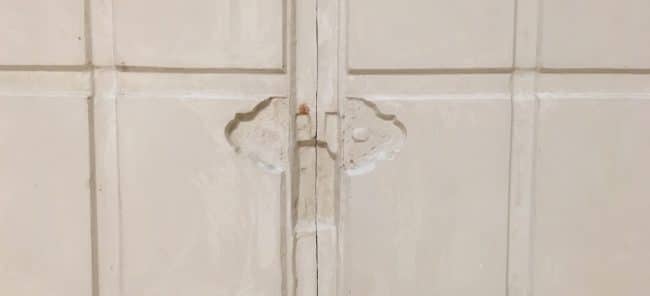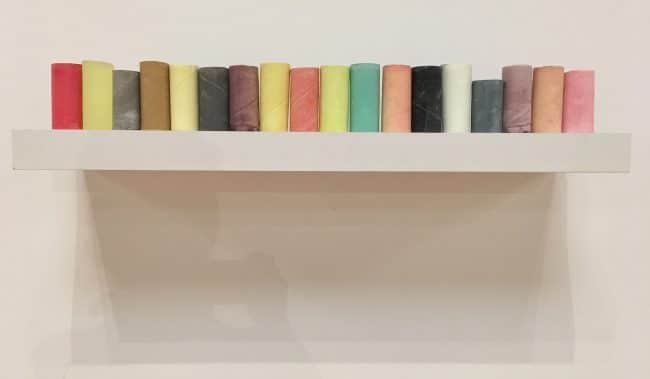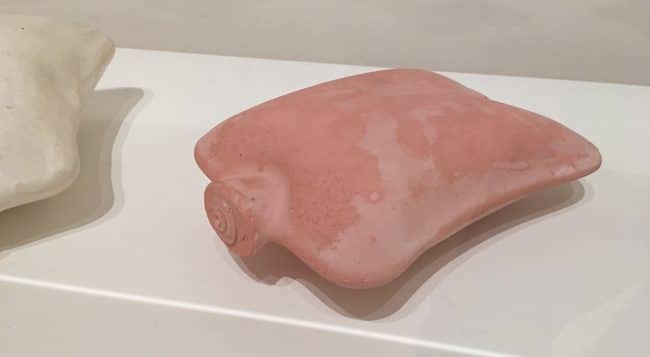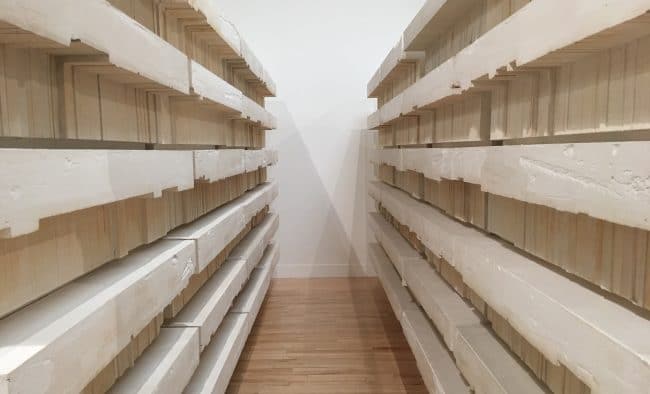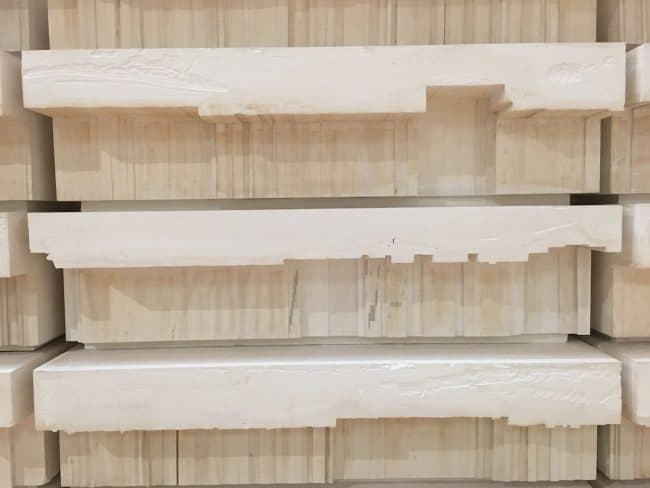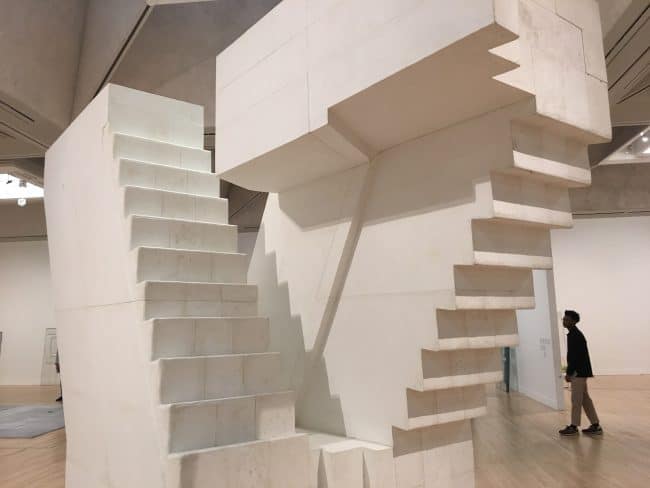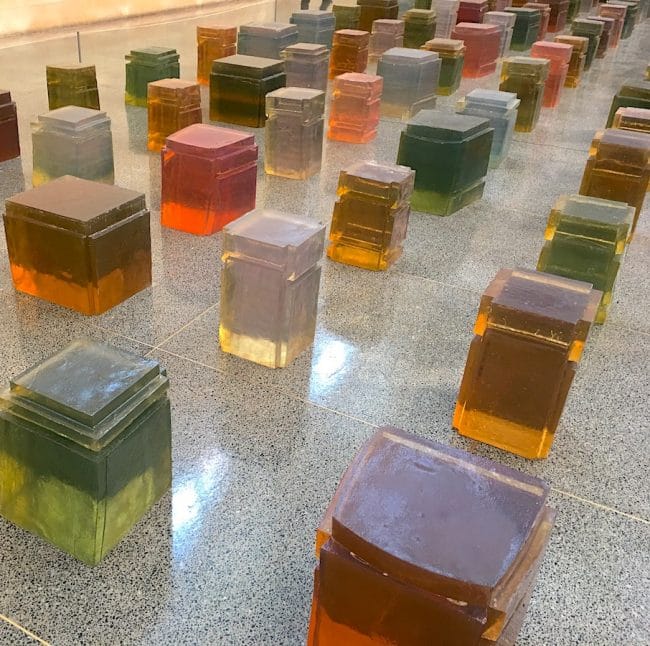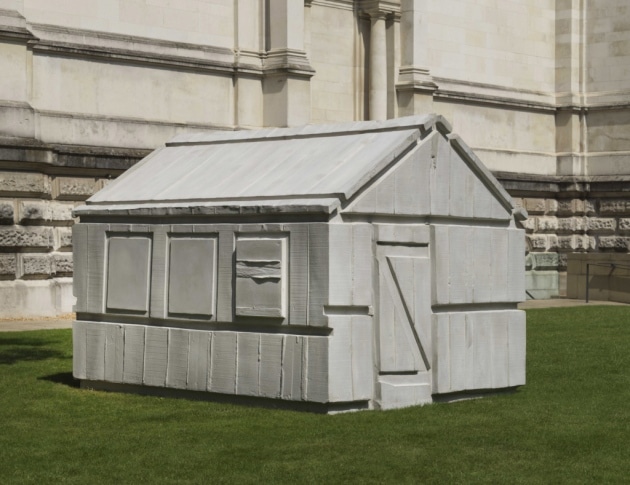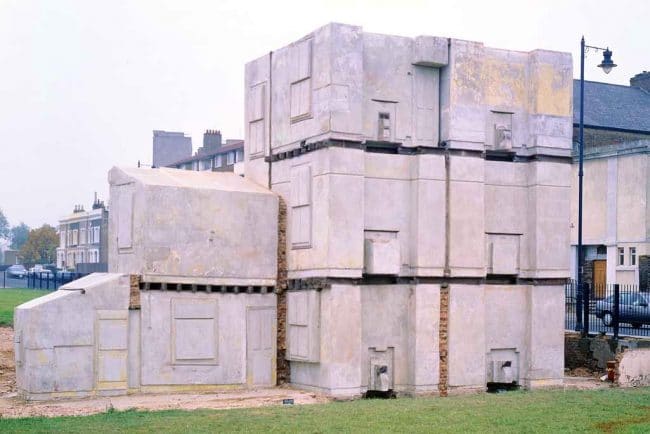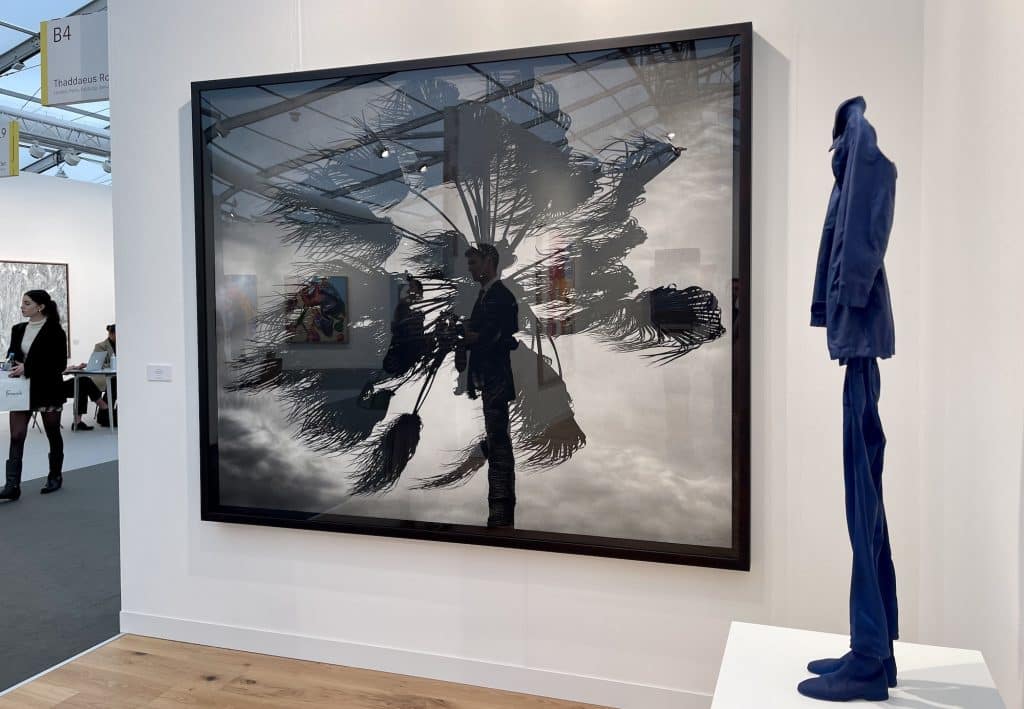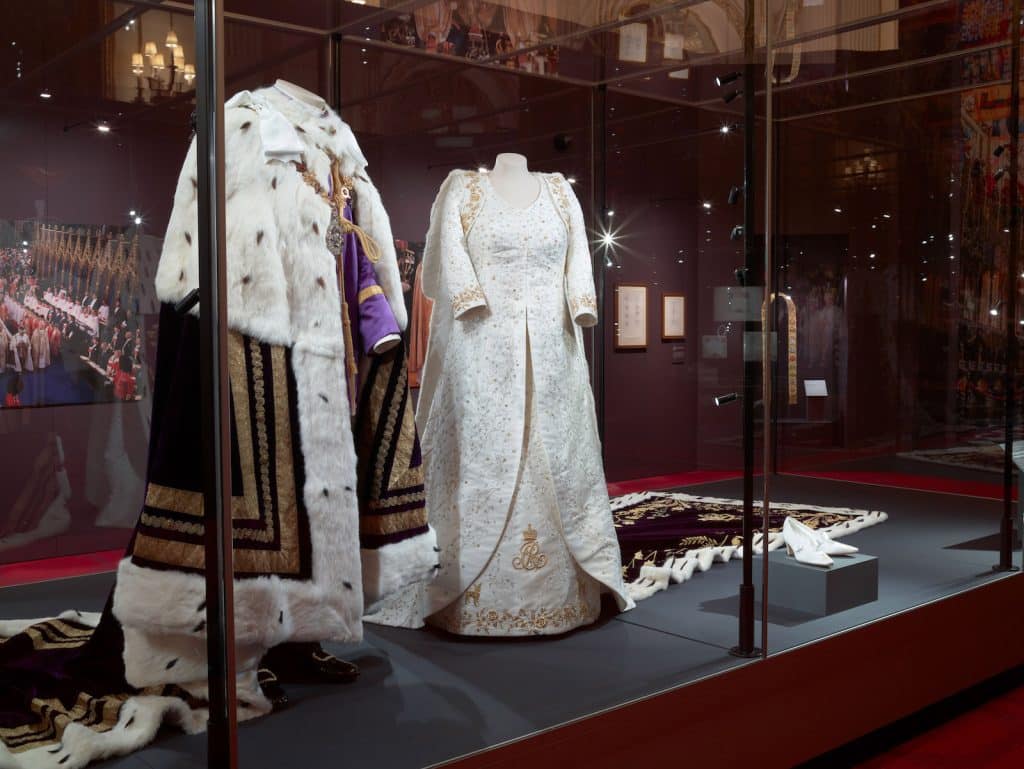Now that Frieze, Frieze Masters and the PAD art & design fair are packed up, we can move our attention to what else is going on in London this month. October is always chock-a-block with inviting exhibitions, it is hard to know what to recommend first.
The Tate Gallery seems a pretty good place to start where Tate Britain are currently presenting the most substantial retrospective survey to date of work by Rachel Whiteread.
The exhibition reveals the extraordinary breadth of her career over three decades, from the four early sculptures shown in her first solo show in 1988, to works made this year especially for Tate Britain including Chicken Shed, a new concrete sculpture installed outside the gallery.
It is particularly interesting to see the remarkable consistency of vision right from her work as a student at The Slade and up to the present day. The curator, Ann Gallagher, has herself also noted “through consistency of process there is an incredible variation”.
Early works from her fist solo exhibition at the Carlile Gallery in 1988, just one year after her graduation, include domestic objects like a wardrobe interior and underside of a bed.
From this point onwards we see the interests that define Whiteread’s ongoing practice – the process of casting forgotten space, with an experimental use of materials.
With ordinary, everyday objects, she manages somehow to draw an unexpected emotional power. Each work managing to resonate with the history of human presence. A series of multi-coloured hot water bottle interiors can’t help but bring to mind strange limbless and sculptural torsos.
Known for her signature casting technique, Whiteread’s work ranges in scale from the modest to the monumental in a variety of materials such as plaster, resin, rubber, concrete, metal and paper. Toilet roll tubes, furniture, windows, doors, rooms, stairwells and even libraries, all are prey to Whiteread’s attention.
The large spaces that Tate Britain have devoted to the exhibition allow us to gain some distance from the larger objects, whilst partitions allow places where there are more intimate groupings.
The centre of the room is dominated by a cast of ‘Room 101’ – a room in the old BBC Broadcasting House that may have inspired George Orwell. We not only see the large bulk and presence of the room but, moving closer, see the the fine details of the cracks, textures and marks on its internal wall.
Another monumental sculpture is of a large stairwell. From any angle it has an eerie familiarity as a stairwell such as one in an industrial spaces or concrete car park. However, of course it is the empty space that has been made solid – reminding us that it is our mental equivocation that brings a particular resonance to Whiteread’s work
Out in the expansive Duveen Gallery another highlight of the exhibition is Untitled (One Hundred Spaces) 1995 – a colourful installation of 100 resin casts of the underside of chairs.
Less impressive to us – but interesting to see nevertheless – were the special sections are also devoted to archive material and to the artist’s drawings. Working with pencil, varnish, correction fluid, watercolour and collage, these works on paper constitute a distinct area of Whiteread’s practice but do not have anything like the impact of her sculptural work.
On the way out be sure to see the internal cast of a chicken shed located in the gardens, an arresting sample of the remarkable visual power of Whiteread’s work as well as a reminder of the breathtaking cultural short-sightedness vandalism committed by Tower Hamlets council when they demolished ‘House’ in 1994.
The exhibition is co-organised with the National Gallery of Art, Washington, where it will be shown in autumn 2018, and will also tour to the 21er Haus Vienna and the Saint Louis Art Museum.
CELLOPHANELAND* were guests of the Tate Gallery
For more information visit www.tate.org.uk




